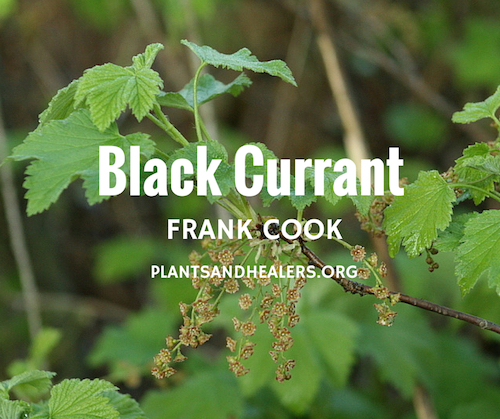Black currant (Ribes nigrum) really got Frank excited when he thought about the future. He felt we really need to bring this plant in to our lives. The idea that Martin Crawford has 15 to 20 different varieties in his Forest Garden, needs to be a signal for us all, that there is something about this plant that we need to be paying attention to.
One of the things that used to get Frank really excited about it, is that it is perennial first off. So once planted, you then glean from it for the rest of its life.
And you are not having to toil every year working the Land and re-planting it in, you’re actually creating an ecosystem where it is a growing part of it. But the other thing Frank loved about it is that it thrives in the shade.
Frank states that so many people have a mindset that in order to have something produce food, that you have to cut everything down to do it.
Yet as the video shows, black currant is something that does fine in mixed light. In the UK we have done much better at keeping it alive along with gooseberry and wild currant than over in the States, where it is almost unknown.
In the USA there are wild ones, but people are just unaware of them. And so black currant is really a plant that needs to be brought in close to home and in order to get to know well.
The fruits when they come in are yummy, and very medicinal. They are full of bioflavonoids, so they actually help tissue repair in our body, and especially the senses of the body.
Frank would eat the leaves too, however they are not really super flavourful, they are more bland, but the younger leaves when they are coming in, can be added to salads or cooked potherbs.
In Botany In A Day by Thomas Elpel, he has a whole section on Russian studies of unripe fruit that there is evidence that it reverses ageing in the body. So black currant is something that we really need to be tapping into. That here is a plant that is perennial, thrives in the shade and produces a good amount of food when it is happy, and has a lot of different edible parts on it. It should be something that we are all growing.
